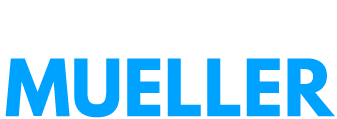Making of Junkyard Chase 8 – The Collaborative Process (layouts)
We have our artist and they’ve provided our character designs. Now it’s time to get into the meat of the project – making comic pages. But how do you communicate the story you want to tell to your artist? This is where that script we wrote a few steps back comes into play.
The script contained every action, motion, sound effect, etc that I wanted to communicate to Jeong. While the script is your primary communication tool to the artist, there are sometimes details that are difficult to communicate – and this is where tools like Skype (or the phone) can come in handy.
Based on the script, Jeong started to put together what are called layout pages.
I won’t make you relive the full script for our favorite example page (page 3), but I’ll show an segment of it for reference:
PAGE 3 panel 1: Horizontal panel with a large open space to the left. The dog stands on the edge of the cliff of scrap on the right of the panel, looking like he’s about to try to jump
down.1. ROBOT (off panel): Do not jump, you have so much to live for.
From this direction in the script, Jeong knows he has to make room for the action and the dialogue, and keep the action flowing in a way that’s natural for the reader’s eye. Not wanting to burden himself with a lot of excess detail on something that may not make sense (or agree with the vision the writer has for the story), Jeong makes a page layout to show the general actions taking place and approximate dialogue placements for the letterer.
Below is the example:

While the final artwork will not include the balloons (that’s the letterists job, which I’ll be taking the role of for this particular project), it’s a good idea to know where that dialogue is going to fit on the page.
For this particular page I thought Jeong was spot-on with the layouts, and I gave him the green light to go into the pencils. But what if something had needed tweaking? Either something I saw or something he noticed?
Well, that happened on another page of this very story, actually.
Just like with this page, Jeong sent through the layouts and they looked fine – but I wasn’t getting the feeling I wanted from the page. He and I spoke about it, and together agreed that there needed to be a slight rewrite in order to make the page stronger.
After a tweak or two, he sent back some revised layouts (the benefit of layouts is the artist doesn’t have to spend a ton of time on them, and can get them to the writer pretty quickly for review), and eventually we settled on a final layout.
Next, Jeong got the okay to go ahead and start with the pencils on the final pages. We’ll cover that in our next update.








